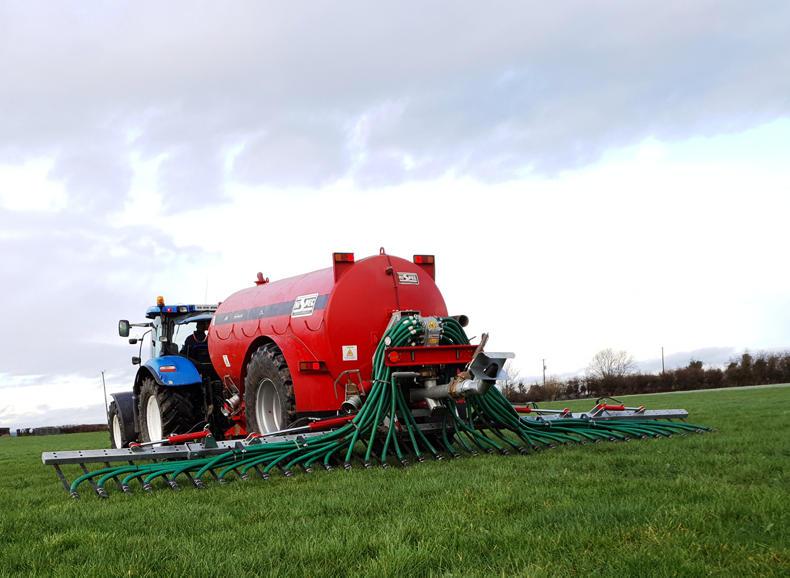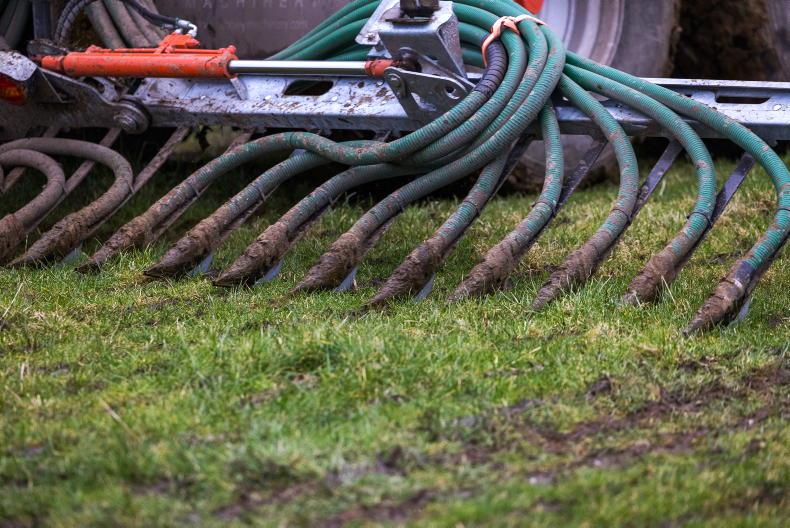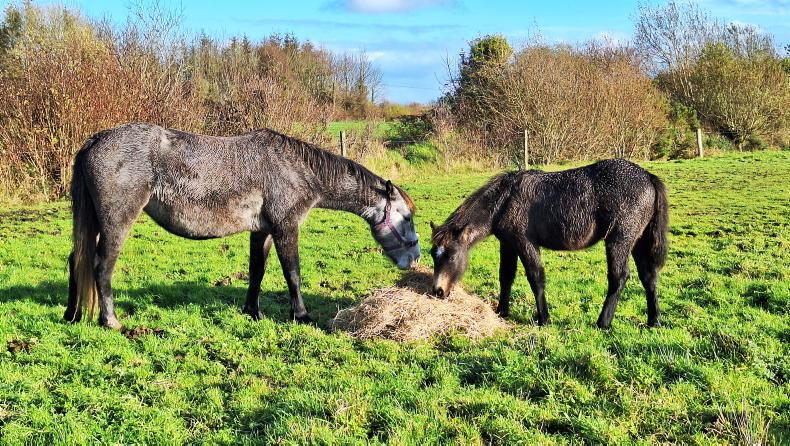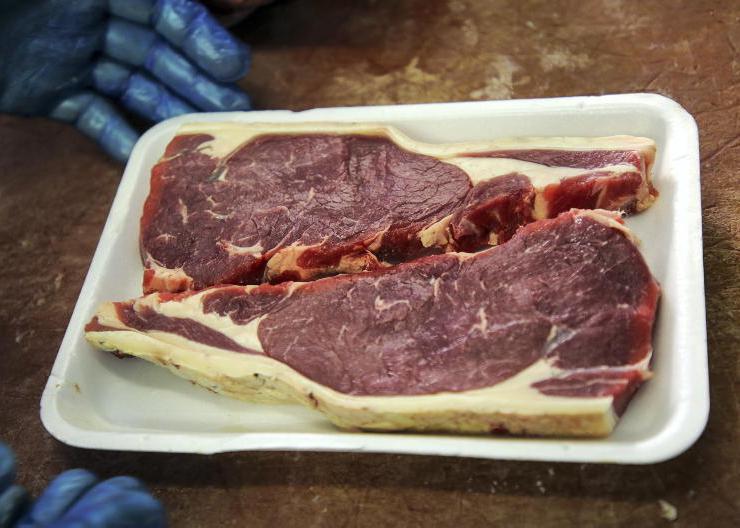Teagasc has this week set out the measures farmers will need to take to tackle ammonia emissions from their farms and meet 2030 reduction targets.
The State agency has developed a new marginal abatement cost curve (MACC) for reducing ammonia emissions, which shows that farmers? in the Republic of Ireland could reduce their ammonia emissions by 15.3 kilotonnes per annum at a net cost of €10.9m every year.
In all, Teagasc has identified 13 different measures that farmers can take to reduce ammonia. However, its ammonia analysis shows that switching to protected urea and low-emissions slurry spreading (LESS) technologies such as a trailing shoe or dribble bar systems are by far the two most cost-effective and impactful measures farmers can take to reduce ammonia emissions.
If implemented widely on Irish farms, these two measures alone would deliver up to 80% of the target outlined in the MACC curve for ammonia at a cost of €5.5m per annum.
They would result in a 10% cut in ammonia emissions from Irish farms and bring ammonia levels down to 107 kilotonnes per annum – well below the emissions ceiling set by the EU.
Limits and targets
In 2018, Ireland’s ammonia emissions stood at 119.3 kiltonnes, which is 3.3 kiltonnes above the limit set by the EU.
Almost 100% of ammonia emissions in Ireland come from agriculture and Ireland has exceeded the EU limit since 2016 due to an expanding dairy herd.
A 15.3 kilotonne reduction in ammonia, as outlined in the Teagasc analysis, would equate to a 13% cut in total Irish emissions and bring Ireland comfortably below the even stricter 112 kilotonne ceiling set by the EU for ammonia levels in Ireland up to 2030.









SHARING OPTIONS